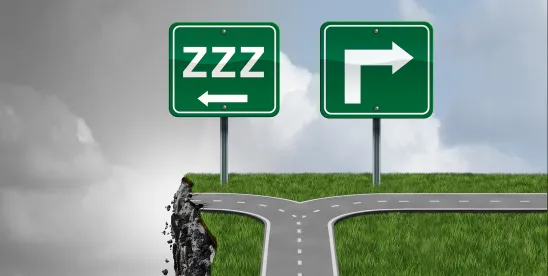Fatigue affects everyone at some point—whether due to lack of sleep, stress, or long hours. While it's natural to feel tired, many people still get behind the wheel despite being drowsy. Unfortunately, drowsy driving is a major cause of accidents in Michigan, often resulting in serious injuries and fatalities.
Driving while fatigued impairs judgment, slows reaction times, and reduces awareness. Even if a driver is fighting sleep, their ability to focus on the road is compromised, which can lead to a dangerous crash. If you've been injured in a drowsy driving accident, you may have a legal case against the at-fault driver. This article discusses how to prove negligence and pursue compensation for your injuries.
Proving Negligence in a Drowsy Driving Case
To seek compensation after a drowsy driving accident, your attorney will need to establish that the other driver was negligent. This means showing that the driver owed you a duty of care (the responsibility to drive safely) and failed to uphold that duty by driving while drowsy.
In your case, the level of negligence required to prove the driver’s fault will depend on the specific details of the accident. For example, if you were involved in a sideswipe crash, your lawyer must demonstrate that the at-fault driver crossed into your lane, which is an act of negligence—whether it was caused by drowsiness or not.
Types of Evidence to Prove Drowsy Driving
To build a strong case, your lawyer will need various types of evidence to prove the other driver’s drowsy driving and establish fault, including:
- Eyewitness Testimony: Eyewitnesses can provide critical information if they see the other driver showing signs of drowsiness, such as swerving out of their lane or nodding off. Make sure to collect the names and contact information of any witnesses at the scene.
- Police Report: The police report may contain valuable details about the accident. Officers may note signs that the driver was fatigued, such as bloodshot eyes, excessive yawning, or a lack of skid marks on the road. These observations can support your case.
- Vehicle Damage: The way the vehicles were damaged can sometimes indicate driver behavior. For example, if the at-fault driver’s car showed signs of erratic driving (like hitting another vehicle at an odd angle), it may point to drowsiness. In some cases, an accident reconstruction expert can help explain how the damage supports your claim.
- Driver’s History and Behavior: Your attorney may investigate the driver's background to uncover patterns that suggest drowsy driving. For instance, if the driver has a history of working long hours or a shift schedule that disrupts their sleep, it may support the argument that fatigue played a role in the crash. Additionally, if the driver has a medical condition like sleep apnea or takes medications that can cause drowsiness, these factors can also strengthen your case.
Conclusion
Drowsy driving is just as dangerous as driving under the influence. When a driver’s fatigue impairs their ability to operate a vehicle, the risk of an accident increases significantly. If a driver causes an accident because they were drowsy or falling asleep at the wheel, they can be held liable for any damages.
If you’ve been injured in a drowsy driving accident in Michigan, it’s important to speak with an experienced auto accident attorney. They can help you gather the necessary evidence, prove negligence, and pursue compensation for your lost wages, medical bills, and other damages.




 />i
/>i
